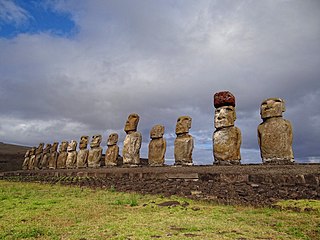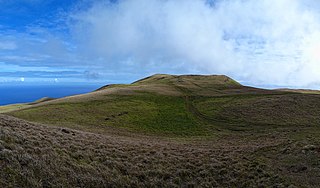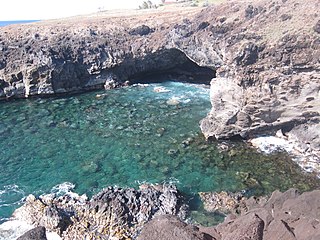7 Sights in Easter Island, Chile (with Map and Images)
Legend
Premium Sights
Book tickets, guided tours and activities in Easter Island.
Guided Free Walking Tours
Book free guided walking tours in Easter Island.
Welcome to your journey through the most beautiful sights in Easter Island, Chile! Whether you want to discover the city's historical treasures or experience its modern highlights, you'll find everything your heart desires here. Be inspired by our selection and plan your unforgettable adventure in Easter Island. Dive into the diversity of this fascinating city and discover everything it has to offer.
1. Ahu A Tiu (Ahu A Kivi)
Ahu Akivi is a particular sacred place on the Chilean island of Rapa Nui, looking out towards the Pacific Ocean. The site has seven moai, all of equal shape and size, and is also known as a celestial observatory that was set up around the 16th century. The site is located inland, rather than along the coast. Moai statues were considered by the early people of Rapa Nui as their ancestors or Tupuna that were believed to be the reincarnation of important kings or leaders of their clans. The Moais were erected to protect and bring prosperity to their clan and village.
2. Ahu Toŋariki
Ahu Tongariki is the largest ahu on Easter Island. Its moais were toppled during the island's civil wars, and in the twentieth century the ahu was swept inland by a tsunami. It has since been restored and has fifteen moai, including one that weighs eighty-six tonnes, the heaviest ever erected on the island. Ahu Tongariki is one kilometer from Rano Raraku and Poike in the Hotu-iti area of Rapa Nui National Park. All the moai here face sunset during the winter solstice.
3. Orongo
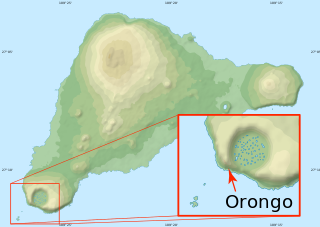
Orongo is a stone village and ceremonial center at the southwestern tip of Rapa Nui. It consists of a collection of low, sod-covered, windowless, round-walled buildings with even lower doors positioned on the high south-westerly tip of the large volcanic caldera called Rano Kau. Below Orongo on one side a 300-meter barren cliff face drops down to the ocean; on the other, a more gentle but still very steep grassy slope leads down to a freshwater marsh inside the high caldera.
4. Ma'unga Terevaka
Ma'unga Terevaka is the largest, tallest and youngest of three main extinct volcanoes that form Easter Island. Several smaller volcanic cones and craters dot its slopes, including a crater hosting one of the island's three lakes, Rano Aroi.
5. Puna Pau
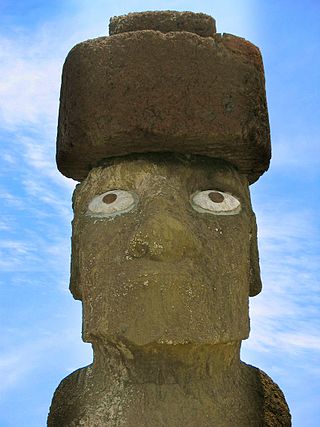
Maunga Puna Pau is a small crater or cinder cone and prehistoric quarry on the outskirts of Hanga Roa in the south west of Easter Island. Puna Pau gives its name to one of the seven regions of the Rapa Nui National Park.
6. Ana Kai Taŋata
Ana Kai Tangata is a sea cave in Easter Island that contains rock art of terns on its ceiling. It is located near Mataveri, and the cave opens up directly to the incoming surf. The cave is accessible and one of the most visited caves in Easter Island.
7. Hiro's Trumpet
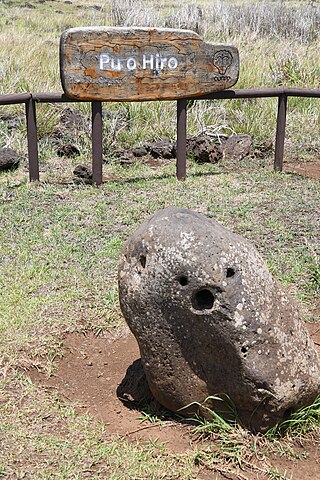
Pu o Hiro is a stone on Easter Island that was used as a musical instrument by the ancient Rapa Nui. It is also known as Maea Puhi. When blown through its main hole, it would produce a sound that resembled a trumpet. It was used to invoke Hiro, the deity of rain.
Share
How likely are you to recommend us?
Disclaimer Please be aware of your surroundings and do not enter private property. We are not liable for any damages that occur during the tours.
.jpg)
